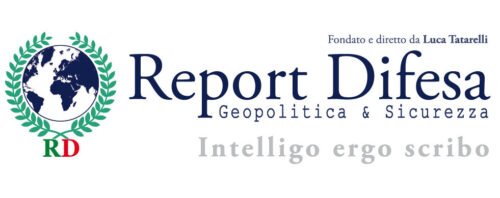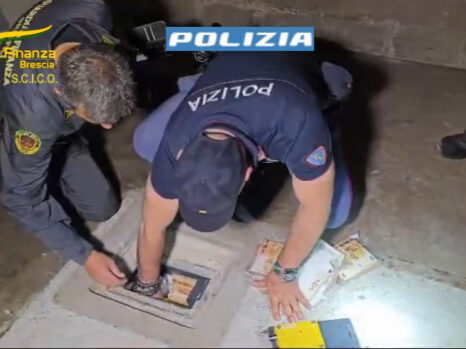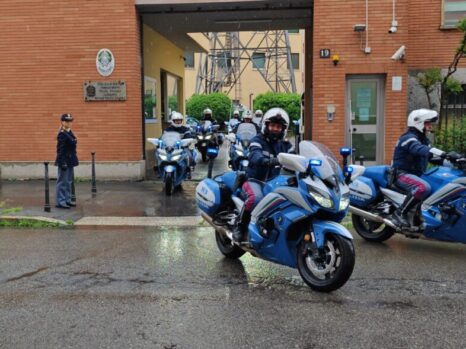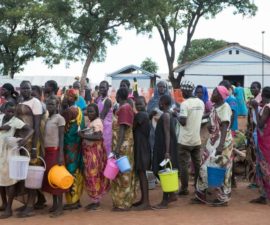BRUSSELS. NATO’s highest Military Authority, the Military Committee, will meet in person on 17 and 18 January 2024 in Brussels.
Admiral Rob Bauer, Chair of the Military Committee, will preside over the meeting, which will be attended by the Allied Chiefs of Defence and their Invitee counterpart from Sweden.
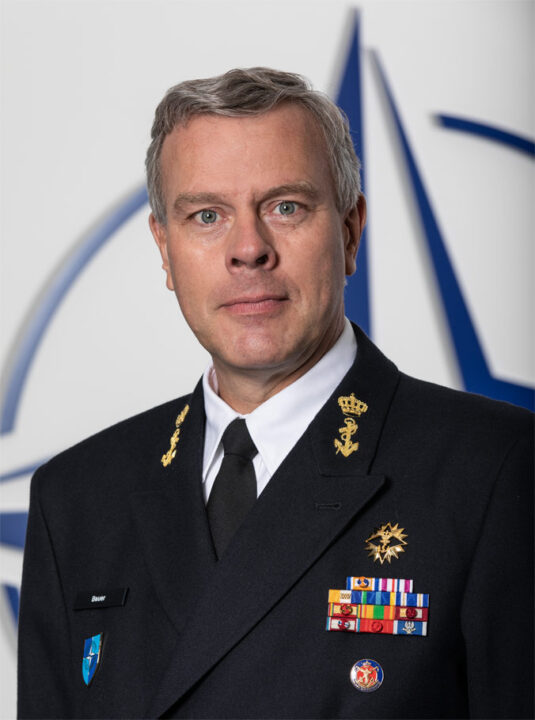
Admiral Rob Bauer
They will be joined by General Christopher Cavoli, Supreme Allied Commander Europe (SACEUR), and General Philippe Lavigne, Supreme Allied Commander Transformation (SACT).

General Philippe Lavigne (Supreme Allied Commander Transformation, SACT)
The meeting of the NATO Military Committee in Chiefs of Defence Session (MCCS) will enable the Chiefs of Defence to meet and discuss issues of strategic importance to the Alliance.
NATO Deputy Secretary General, Mr. Mircea Geoană will join the Military Committee for the opening session to address the Alliance’s key priorities and challenges.

Deputy Secretary General NATO Mircea Geoană
The first session will see General Cavoli, SACEUR, brief the Chiefs of Defence on the progress made towards the implementation and executability of the DDA Family of Plans that was adopted at the Vilnius Summit in July 2023. Broader discussions will also be held on defence industrial capacity, operational planning and enablement.
General Lavigne, SACT, will brief in the second session and update on the warfighting transformation of NATO.
SACT will emphasize the need for overall coherence in achieving collective defence and consolidated deterrence, focusing on key enablers like Multi-Domain Operations, streamlined Command and Control, seamless Interoperability, and continuous improvement of Quality and Quantity capabilities.
The Chiefs of Defence will also discuss the roadmap for adapting to current and future threats.
In the third session, the Chiefs of Defence will discuss Integrated Air and Missile Defence in order to improve readiness, preparedness, and interoperability in peacetime, crisis, and times of conflict.
The fourth session will see the Chiefs of Defence provide additional direction and guidance regarding NATO’s military deterrence and defence priorities with a focus on key capability requirements ahead of the Washington D.C. Summit decisions and beyond.
The last session of the first day the Chiefs of Defence will meet for the first time in a NATO-Ukraine Council format.
They will discuss Russia’s war of aggression against Ukraine, the situation on the ground, and NATO and Allied continued support to Ukraine.
The second day will begin with the Chiefs of Defence meeting with their Partner Interoperability Advocacy Group (PIAG) counterparts from Australia, Austria, Ireland, New Zealand and Switzerland.
The PIAG Nations hold non-NATO Nation Status, granting an individual security agreement that allows the exchange of classified information and participation in NATO training and exercises.
Discussions will focus on current and future military interoperability opportunities.
The next session will have the Allied and Invitee Chiefs of Defence meeting with their counterparts from NATO’s Indo-Pacific Partners: Australia, Japan, New Zealand, and the Republic of Korea.
Discussions will include the strategic security situation in the Indo-Pacific, regional challenges and their implications for global security.
The final session will see the NATO Secretary General, Mr. Jens Stoltenberg meet with the Allied and Invitee Chiefs of Defence.
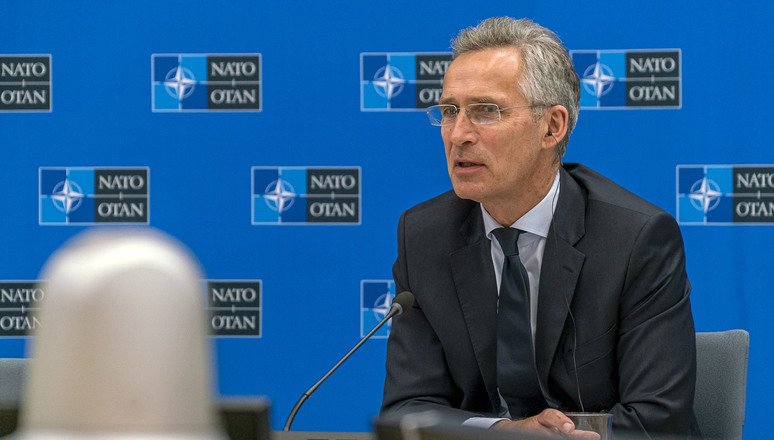
NATO Secretary General, Mr. Jens Stoltenberg
Discussions will focus on current political objectives and guidance ahead of the Defence Ministerial in February 2024 and the Washington D.C Summit in July 2024.
© RIPRODUZIONE RISERVATA
